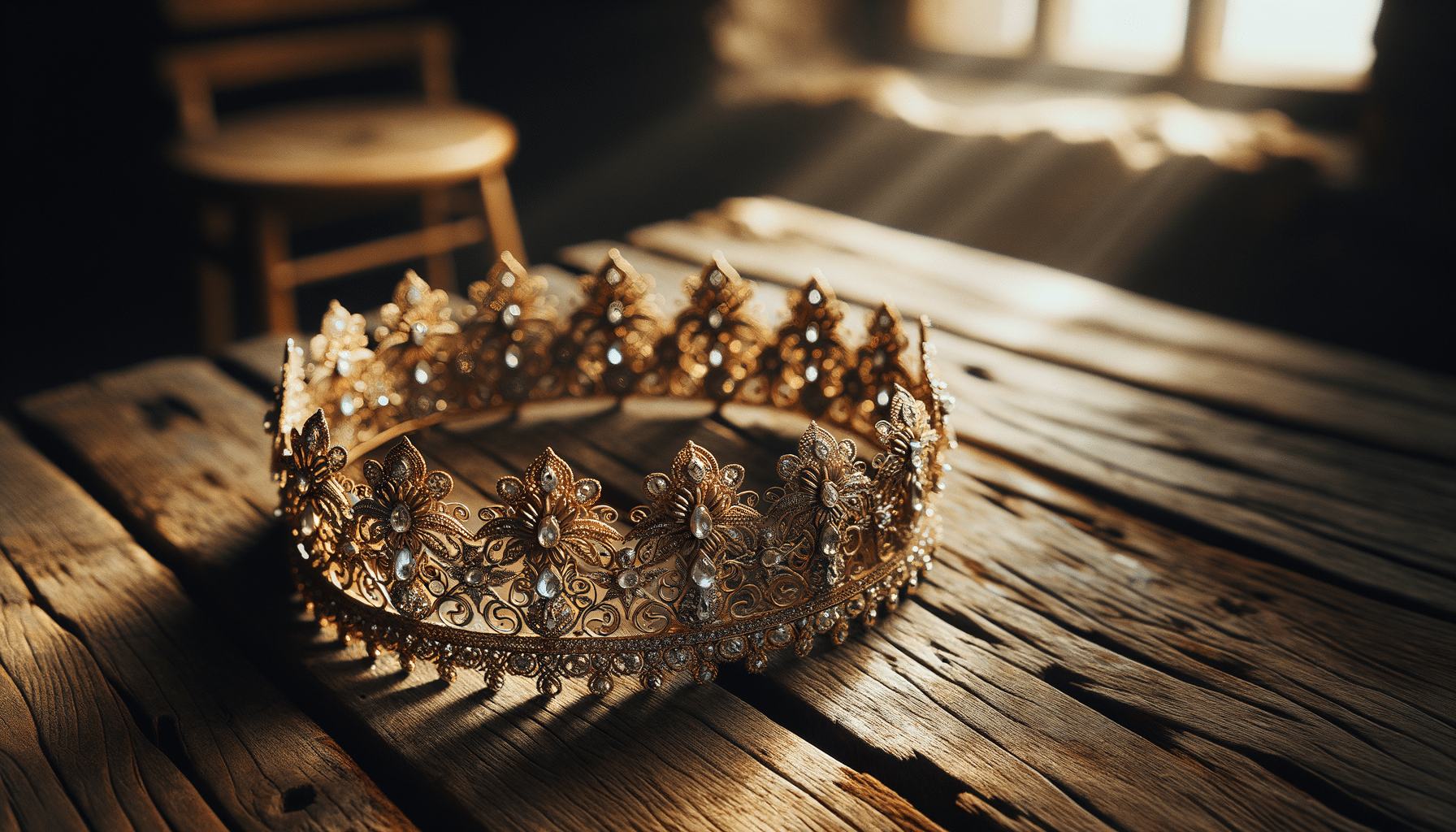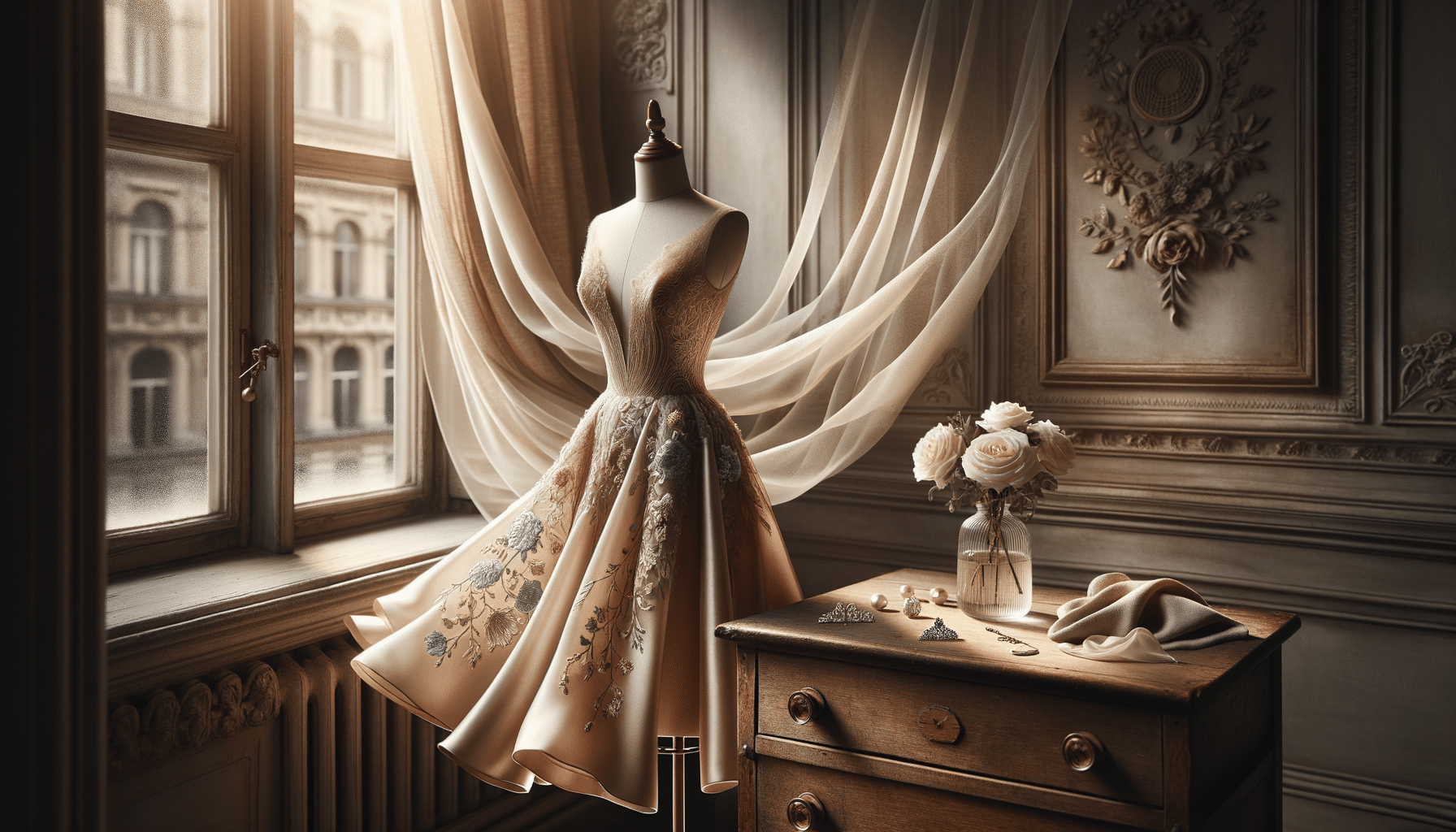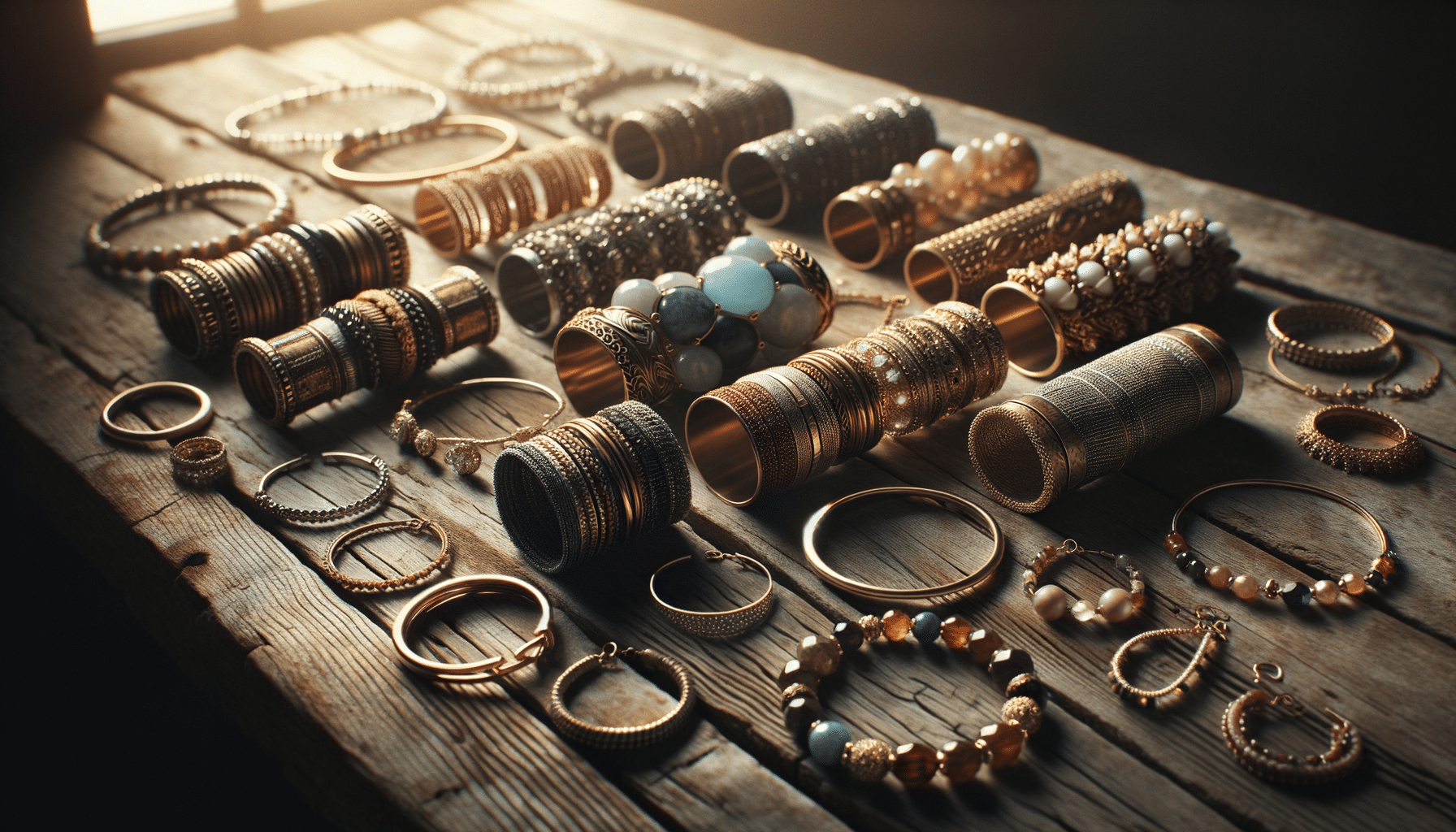
The Timeless Elegance of Traditional Bridal Head Jewelry
The Significance of Bridal Head Jewelry
Traditional bridal head jewelry holds a special place in the world of wedding adornments. It is not merely an accessory but a symbol of cultural heritage, familial blessings, and personal style. Across various cultures, from South Asia to the Middle East, and even parts of Africa, bridal headpieces are integral to the wedding ensemble. They often signify the transition from singlehood to marriage, embodying the bride’s new role and responsibilities.
These pieces range from tiaras and crowns to intricate head chains and forehead adornments. Each item is crafted with precision and care, often using precious metals and stones. The designs are not just for aesthetic appeal but carry deep meanings. For instance, in some cultures, specific stones are chosen for their believed properties of bringing prosperity and happiness to the bride’s new life.
Bridal head jewelry serves as a connection to the past, often passed down through generations. This continuity adds a layer of emotional significance, making the jewelry more than just a decorative element but a cherished family heirloom.
Varieties and Styles Across Cultures
The diversity of bridal head jewelry styles reflects the rich tapestry of global cultures. In South Asian weddings, the ‘maang tikka’ is a popular choice, adorning the bride’s forehead and symbolizing the union of two souls. This piece is often crafted with gold or silver and embellished with gemstones, adding a touch of elegance and tradition.
In Middle Eastern cultures, brides might wear ornate headpieces that incorporate coins and intricate designs, representing wealth and good fortune. These pieces are often paired with elaborate veils, creating a stunning visual effect.
African bridal head jewelry often includes vibrant colors and bold designs, using materials such as beads, shells, and metals. These pieces not only enhance the bride’s appearance but also tell stories of cultural significance and personal identity.
Each style is unique, yet all share common themes of beauty, tradition, and cultural pride. This array of styles allows brides to express their individuality while honoring their heritage.
Craftsmanship and Materials
The craftsmanship involved in creating traditional bridal head jewelry is a testament to the skill and artistry of the artisans. These pieces are often handcrafted, with each detail meticulously worked on to achieve perfection. The materials used vary depending on cultural preferences and availability.
Gold and silver are common choices, valued for their durability and timeless appeal. Gemstones such as diamonds, rubies, and emeralds are frequently used to add color and brilliance. In some cultures, pearls are integrated into the designs, symbolizing purity and elegance.
The craftsmanship extends beyond the materials to the techniques employed. Artisans use age-old methods passed down through generations, ensuring that each piece is not only beautiful but also a representation of cultural heritage.
This dedication to quality and tradition ensures that bridal head jewelry remains a cherished part of wedding ceremonies, embodying both beauty and cultural identity.
The Role of Bridal Head Jewelry in Modern Weddings
In today’s world, traditional bridal head jewelry continues to play a significant role in wedding ceremonies. While some brides opt for modern designs, many still choose traditional pieces to honor their heritage and bring a sense of continuity to their special day.
These pieces serve as a bridge between the past and present, allowing brides to incorporate elements of their culture while expressing their unique style. The versatility of bridal head jewelry means it can be adapted to suit contemporary tastes without losing its traditional essence.
Moreover, the resurgence of interest in artisanal and handcrafted items has brought traditional bridal head jewelry back into the spotlight. Brides are increasingly drawn to the unique, one-of-a-kind nature of these pieces, appreciating the craftsmanship and cultural stories they embody.
As weddings continue to evolve, traditional bridal head jewelry remains a beloved choice, offering a timeless elegance that transcends trends.
Conclusion: A Timeless Tradition
Traditional bridal head jewelry is more than just an accessory; it is a timeless tradition that continues to enchant brides around the world. Its rich history, cultural significance, and exquisite craftsmanship make it a cherished part of wedding ceremonies.
As brides seek to balance tradition with personal expression, these pieces offer the perfect solution, allowing them to honor their heritage while celebrating their individuality. Whether passed down through generations or crafted anew, bridal head jewelry remains a symbol of beauty, love, and cultural pride.
In embracing these traditions, brides not only adorn themselves with elegance but also connect with their past, carrying forward a legacy of artistry and heritage into their future.


